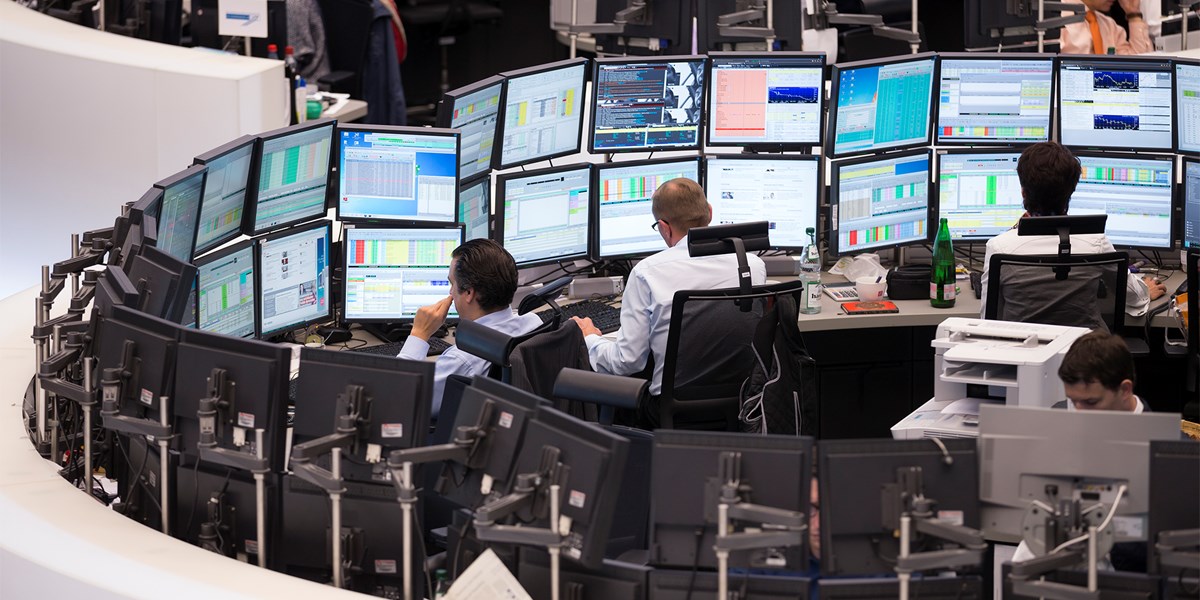US central bankers may be having second thoughts about their decision earlier this week to hold borrowing costs steady, after a government report on Friday showed the job market slowed sharply last month.
Employers added just 114,000 jobs in July, the Labor Department reported, and the unemployment rate rose to 4.3%. The data pointed to an unexpected deterioration in the labor market that had held up surprisingly well during the Fed’s aggressive rate-hike campaign.
On Wednesday, when central bankers opted to keep the policy rate in its current 5.25%-5.5% range, Fed Chair Jerome Powell said he believed the labor market was in a process of “ongoing, gradual normalization” that allows the Fed to wait a little longer to be sure inflation is beaten before cutting rates.

“If Powell knew then what he knows now, he probably would have cut rates,” said Brian Jacobsen, chief economist at Annex Wealth Management. “By keeping rates on hold while inflation fell, they’ve applied too much pressure on the brakes…the Fed can’t bank on economic momentum bailing them out from being too slow to recognize how quickly things are changing.”
After the data traders piled into bets the Fed will deliver a half-point interest-rate cut at its Sept. 17-18 meeting, and keep cutting after that, with the policy rate expected to end 2024 a full percentage point or more below where it is now.
“I would not like to see material further cooling in the labor market,” Powell told reporters on Wednesday. “If we see something that looks like a more significant downturn, that would be something that we would … have the intention of responding to.”
Before the report, rate futures had been priced for quarter-point rate cuts starting in September.
“This week’s Fed inaction was a mistake; the case for 50 basis points in September is strong,” Pantheon Macroeconomics Chief Economist Ian Shepherdson wrote.
As analysts poured through the report, some came away with the sense that the underlying data was not as weak as the headline numbers suggested. Workforce growth was substantial, with the labor force participation rate ticking up to 62.7% from 62.6%.
And while the Bureau of Labor Statistics said there was no impact on the data from Hurricane Beryl, “we are somewhat skeptical,” wrote Jefferies’ Senior Economist Thomas Simons. The number of people who reported that they were unable to work due to weather rose to a record 436,000.
That, along with the fact that fewer businesses than usual responded to the monthly jobs survey, raises the likelihood that some of the weakness will be revised away in future reports, analysts said.
The two-tenths of a percentage point rise in the jobless rate triggered the so-called Sahm rule, a historically accurate early indicator of recession.
Claudia Sahm has cautioned against taking too much signal from her own rule, given the labor-market disruptions of the pandemic, and Powell this week called it a “statistical regularity” and did not mean a recession “must happen.”
Even so, the report has ignited concern that the Fed may have waited too long to cut rates.
In June, central bank policymakers in their quarterly projections anticipated only one cut this year, and saw the unemployment rate ending the year at 4%.
With the jobless rate now well above that, “the soft landing in the US labor market is in danger,” wrote Indeed economist Nick Bunker.








